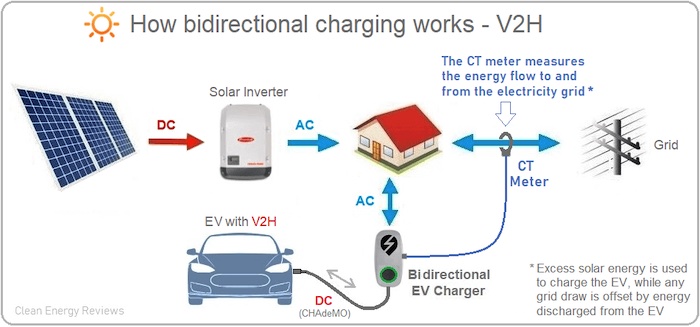How to Install an Electric Car Charger At Home Using a Wiring Diagram
Installing an electric car charger at home is becoming an increasingly popular way for drivers to save money on fuel costs. With the rise of electric vehicles, this option has become much more accessible for the average consumer. But before you can start taking advantage of this convenient solution, you need to make sure that you properly install your charger. A wiring diagram is an essential tool for anyone looking to safely and effectively install an electric car charger at home.
The wiring diagram is essentially a visual representation of how all the different components will fit together in order to create the most efficient path for electricity to flow from your home’s electrical system to the electric car charger. The diagram will provide you with a clear understanding of which wires need to be connected to which points in order to complete the job safely and correctly. In this article, we'll discuss the importance of a wiring diagram and how it can help you install your electric car charger at home.
How to Read a Wiring Diagram
When it comes to reading a wiring diagram, the first thing you need to know is that symbols represent each of the individual parts that will be connected to make up your electric car charger. Looking at the diagram, you'll find symbols such as batteries, switches, fuses, circuit breakers, and so on. You'll also see different colors representing different types of wires or connections. For instance, red may represent live power, while black could represent ground or neutral.
Each component will have its own graphic symbol, and the lines connecting them indicate the type of connection and how they are linked. With the help of a wiring diagram, you can easily identify which parts need to be connected where. This can help you avoid any potential mistakes and ensure that your electric car charger is installed correctly.
Safety Precautions When Installing an Electric Car Charger
When installing an electric car charger at home, it's important to take certain safety precautions. This is because electrical work involves working with live wires, and if not done properly, it can be dangerous. Before starting the installation, you should always make sure that you turn off the main power supply to your home. Additionally, it's important to wear safety glasses and protective clothing when handling any electrical components.
It's also recommended that you hire a qualified electrician for the job if you are not familiar with electrical wiring. Even if you do have experience with wiring, it's always best to have a professional come in and double-check your work. This will ensure that your installation is done properly and your electric car charger is safe to use.
Benefits of Installing an Electric Car Charger At Home
Installing an electric car charger at home can be a great way to save money on fuel costs. Not only will you no longer have to drive to a charging station, but you can also take advantage of cheaper rates on electricity at night. You can also avoid the hassle of standing in long queues at public charging stations, as you will have your own private charging station at home. In addition, you can enjoy the convenience of being able to charge your vehicle anywhere you have access to an electrical outlet. This means that you won't have to worry about finding a charging station when you're out and about.
Conclusion
Installing an electric car charger at home is becoming an increasingly popular choice for drivers looking to save money on fuel costs. If you decide to do this, it's important to make sure that you properly install the charger by following a wiring diagram. This will ensure that your charger is installed safely and correctly. Additionally, you should always take certain safety precautions when handling any electrical components, such as making sure the power supply is shut off and wearing protective clothing. Finally, you can enjoy the benefit of having a private charging station at home, and the convenience of being able to charge your vehicle anywhere you have access to an electrical outlet.
Installation Guide
Installation Guide
Installing Electric Vehicle Charging At Home
Ev Charging Station Nxp Semiconductors

Electric Vehicles Charging

Toyota S Smart Home Charging System With Ev Tech Electrive Com

Use Your Ev As A Battery Team Up Takes Aim At Bi Directional Charging News

Home Solar Ev Charging Explained Clean Energy Reviews

Setting Up Home Electric Car Charging On A Budget Cleantechnica

Best Plug Type For Ev Charging Enel X
Towards Scalable Electric Vehicle Ev Charging Hidden Costs Of Level 2 Ac

How To Install An Ev Charger At Home Enel X
Ev Charging Single Phase Inverter Guide

Bidirectional Chargers Explained V2g Vs V2h V2l Clean Energy Reviews

Design Your Own Electric Vehicle Battery Charging Solutions

Ev Charging Installation Off 71
Gen 3 Wall Connector Manual

Ev Charging 101 Integrated Lighting And Electrical Solutions

